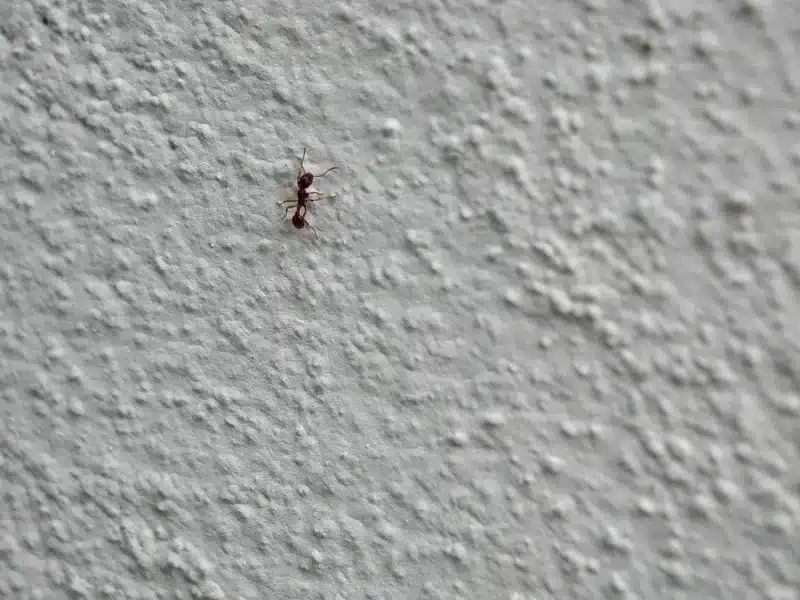Spring often brings ants indoors. In my time helping MD, VA, and DC homeowners, I’ve seen trails in kitchens or bathrooms turn out to be nests inside wall voids. Most ants stay where there’s moisture, food or a safe hideout. This guide shows why you see ants in walls and how to stop them.
Understanding Ant Infestation in Walls: Key Motivations
Research on Pest Entry
According to the Building Science Corporation, pests find wall voids warm and humid. In walls, ants enjoy stable temps, darkness and water from plumbing. Kitchens and pantries tempt them with crumbs and grease.
Common Ant Species in Walls
Carpenter Ants (Camponotus pennsylvanicus)
Large black ants that damage wood. According to Virginia Cooperative Extension, carpenter ants hollow out damp or sound wood. You may spot sawdust-like frass near baseboards.
Odorous House Ants (Tapinoma sessile)
Small brown ants that give off a rotten-coconut smell when crushed. They nest near moisture and quickly invade kitchens.
Pavement Ants (Tetramorium immigrans)
Dark brown ants that start under slabs. They follow plumbing lines up into wall voids and create satellite nests.
Pharaoh Ants (Monomorium pharaonis)
Tiny yellowish ants forming “buddy” colonies in warm walls of multi-unit buildings. They need targeted baits to stop budding.
Moisture Ants (Lasius spp.)
Moisture Ant Research
These ants seek damp, decayed wood around leaks. According to the Building Biology Institute, moisture ants often signal a rot issue rather than cause it.
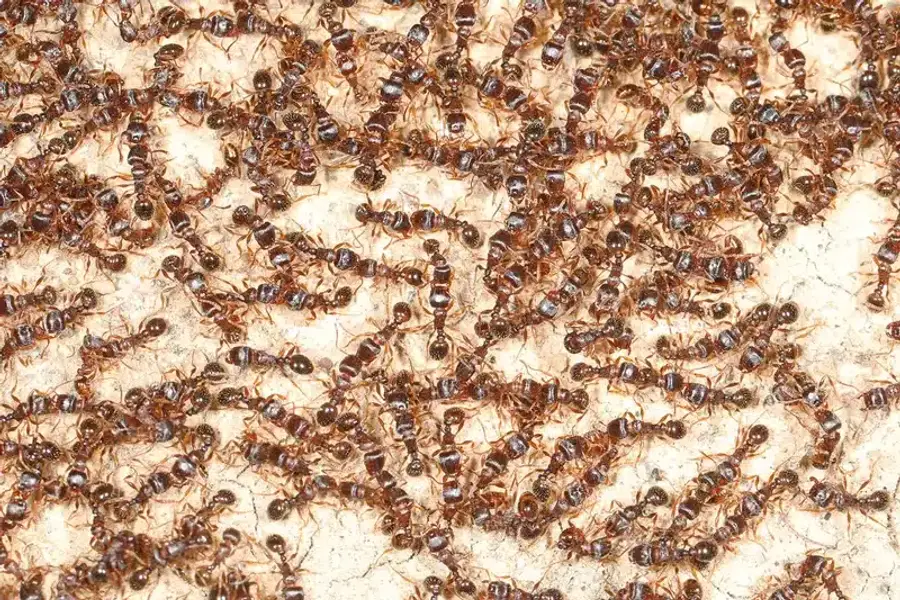
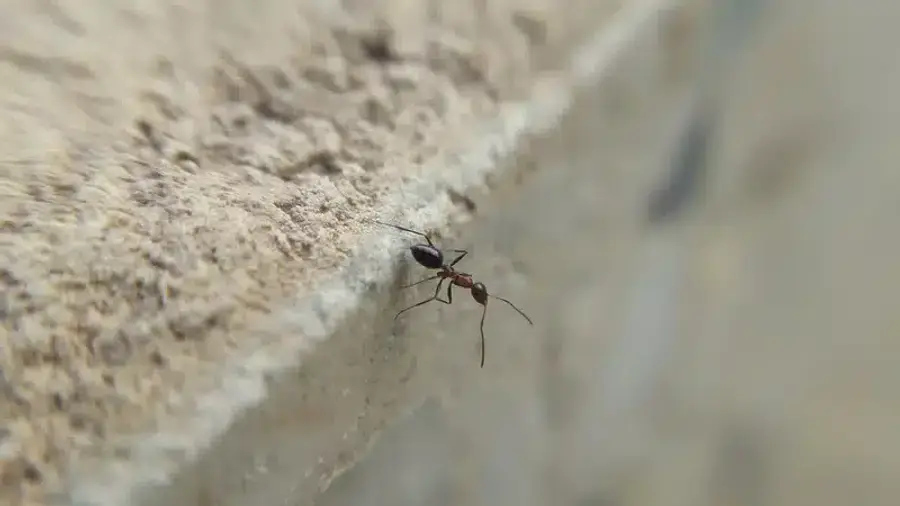
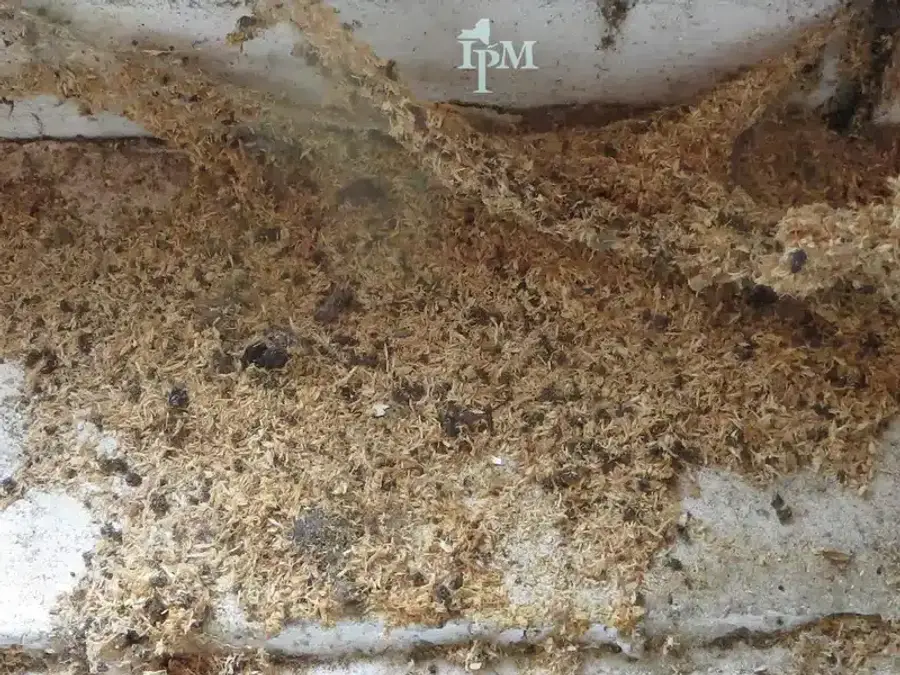
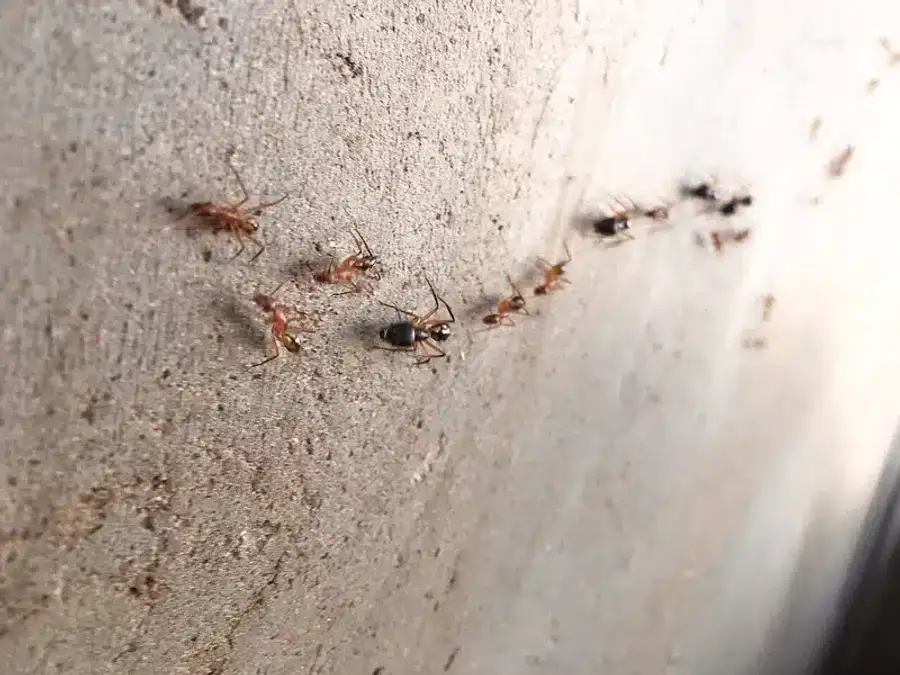
How Ant Colonies Establish in Walls: Where Ants Live
Typical Entry Points and Gaps
Ants squeeze through gaps at sill plates, utility lines, siding joints, unsealed windows and foundation cracks.
Conditions Favoring Nesting
They need wood moisture over 20%, stable temps and protected voids. Insulation doesn’t stop them—they tunnel through cellulose and fiberglass.
Colony Growth Timeline
In the first season, a queen and a few workers stay hidden. By year three, swarmers emerge indoors Feb-April, and satellite nests expand.
Signs You Have Ants in Walls
- Sawdust-like frass piles near baseboards
- Visible ant trails along walls and floors
- Hollow-sounding studs and faint crackling sounds
- Discarded wings or live ants near pipes
Inspection Tips for Homeowners
Integrated Pest Management for Ants in Walls
Step 1: Correct Conducive Conditions
Fix leaks, clear gutters and keep crawlspaces under 60% RH. Remove water-damaged wood and correct grading.
Step 2: Exclusion
Seal cracks under 1 mm with silicone. Pack larger gaps with metal mesh then caulk. Wait 72 hours after baiting before final sealing.
Step 3: Sanitation & Habitat Denial
Store food in tight containers. Wipe counters nightly and rinse recyclables. Lift pet bowls after feeding.
Step 4: Strategic Baiting Inside Walls
Use slow-acting baits like boric acid or indoxacarb so foragers share with the colony. Rotate sweet and protein baits if acceptance drops. Learn more from UC IPM’s baiting guide.
Step 5: Direct Nest Treatments
Inject dust formulations into voids through 1/8-inch holes. Apply non-repellent foam in carpenter ant galleries, then patch.
Step 6: Non-Repellent Perimeter & Void Sprays
Licensed technicians apply non-repellent sprays around foundations and voids. This stops colonies from fissioning.
Step 7: Follow-Up & Monitoring
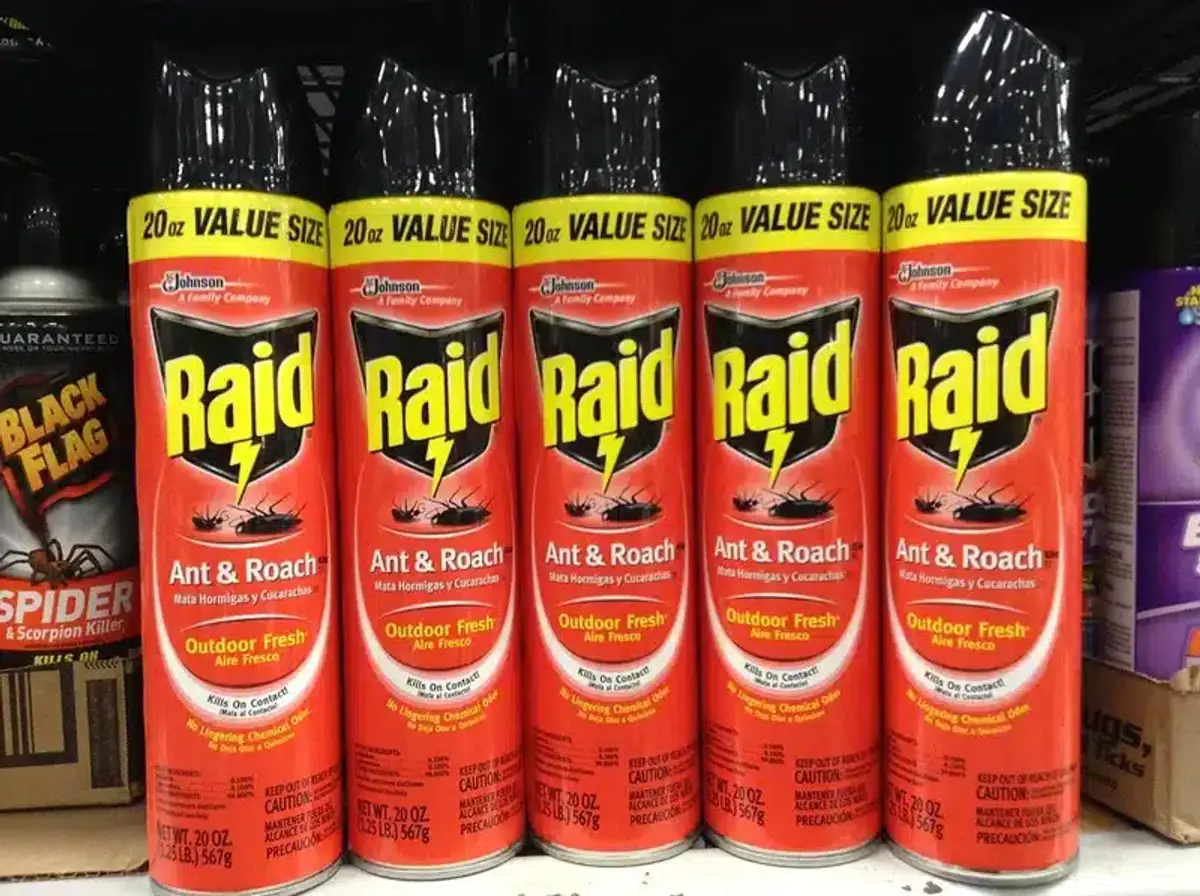
Set sticky cards or moat traps along baseboards for 8 weeks. Re-check moisture levels tri-annually (three times per year).
Professional Treatments: Non-Repellent Sprays and Baits
Our registered technicians start with a 78-point inspection. We perform crack-and-crevice service using EPA approved products vetted by our research team. Then we treat the perimeter with non-repellent barriers. Tri-annual maintenance visits (three times per year) ensure protection since most products last 90 days. For local help, see Pest Control Arlington or Pest Control Bethesda.
Seasonal Activity of Ants in Walls
- February-April: Winged swarmers signal mature colonies
- May-July: Peak foraging and satellite nest formation—trim branches 12” from fascia
- Late summer: Odorous house ants move indoors seeking moisture
- Autumn: Pavement ants migrate up from slab nests
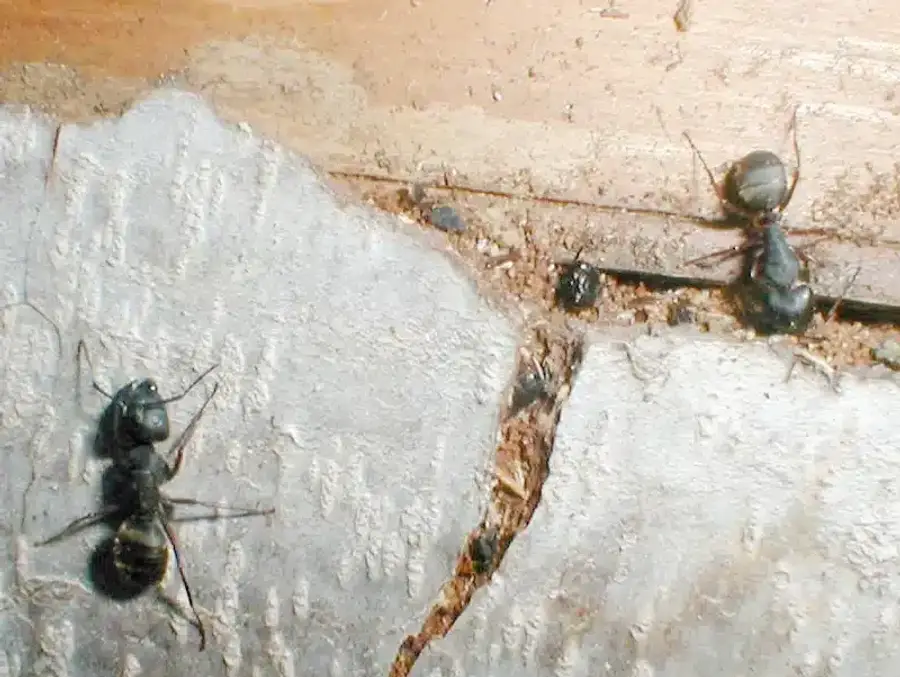
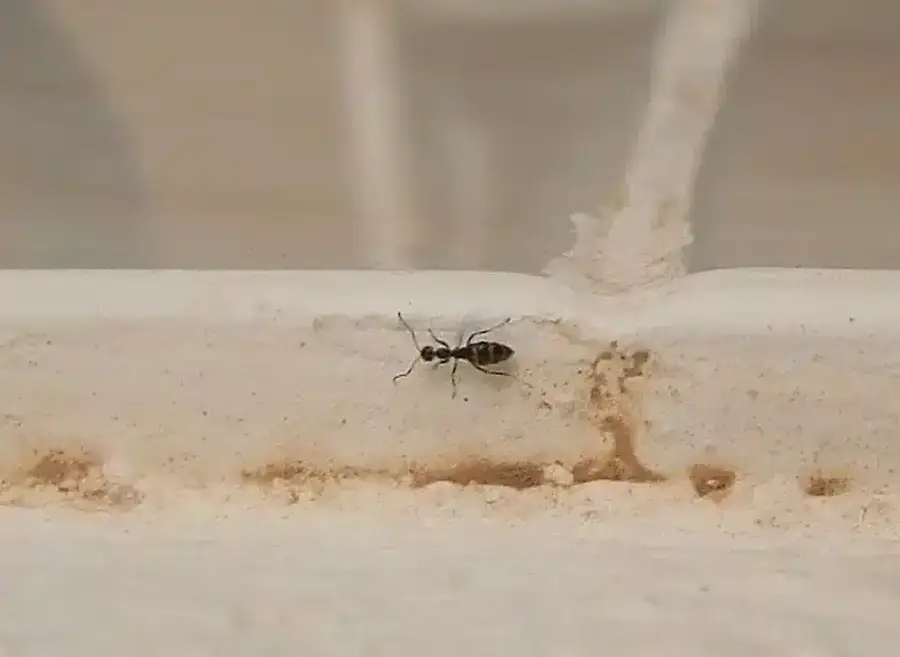
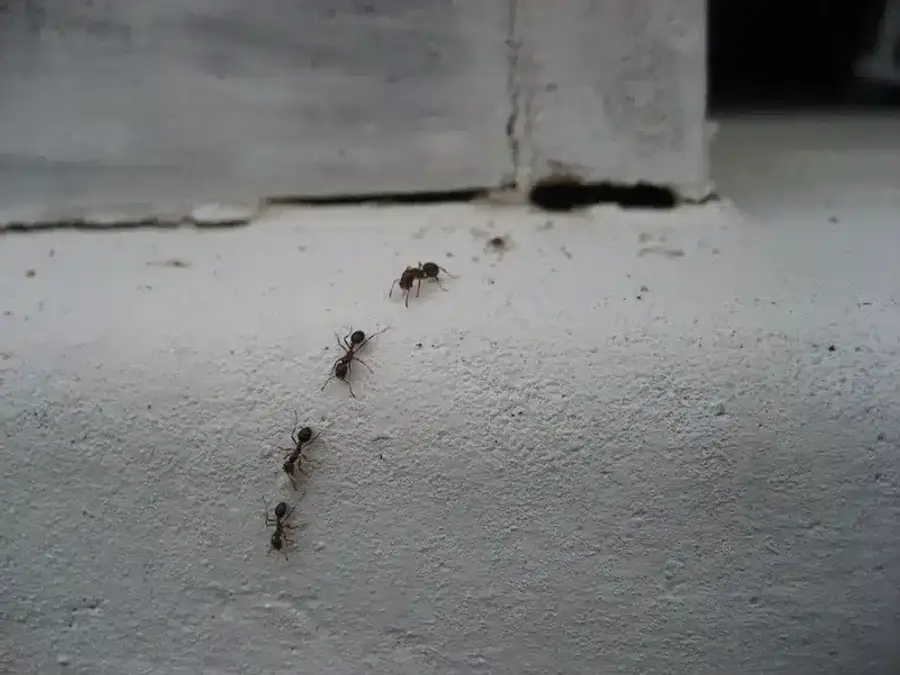
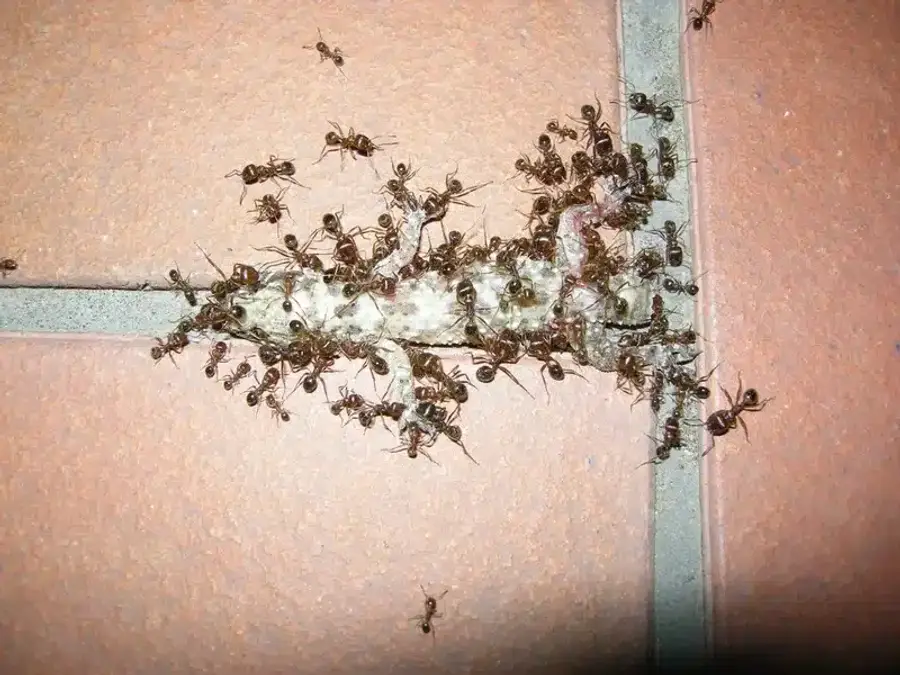
Preventing Future Ants in Walls
Keep crawlspaces and attics dry with vents or dehumidifiers. Trim branches 12” from rooflines and clean gutters. Grade soil away from the foundation. Learn more in our Ant Identification Chart: Types of Household Pests & Control.
Why Choose Better Termite & Pest Control
- Family owned since 1968, now in third generation
- Internal research removed 9 harsh chemicals industry-wide
- No contracts, unlimited callbacks until we restore your baseline
- Registered technicians serving MD, VA, and DC
Additional Resources & Recommended Internal Links
- How To Keep Ants Away: Pro Techniques vs DIY Ant Control
- Worker Ants 101: What They Are and How to Identify Them
- Ant Lifespan: Development Stages and Treatment Tips
- Kinds of Ants: Identifying Different Types in DC Metro
- Ant Identification Chart: Types of Household Pests & Control
Frequently Asked Questions
Why do I have ants in my walls?
+
Ants look for food crumbs, moisture leaks and safe nesting spots. Wall voids offer stable temps and darkness, making them ideal.
How can I tell if ants are nesting inside my walls?
+
Look for sawdust-like frass, hollow-sounding studs, faint crackling at night and small ant trails along baseboards.
What's the best way to get rid of ants in walls?
+
Use a step-by-step IPM plan: fix leaks, seal gaps, clean up food, place slow-acting baits and follow up with non-repellent sprays.
Can ants in walls cause structural damage?
+
Carpenter ants hollow out damp wood over time, creating tunnels. It's a slow process but worth addressing before damage worsens.
How long does it take to eliminate an ant colony in the walls?
+
Small colonies may clear in 2-4 weeks with proper baiting and exclusion. Larger or multiple nests can take 6-8 weeks.
Should I use DIY methods or hire a professional?
+
For minor trails, DIY baiting might work. If you find frass, winged ants or structural damage, a licensed technician offers targeted treatments.
With five years of hands-on experience in the pest control industry, George Schulz is a registered technician with the Virginia Pest Management Association and a proud third-generation professional in a family business that's been protecting homes for over 57 years. He manages and trains a team of service pros while also leading internal research efforts—recently spearheading a deep-dive review of thousands of documents on pest control materials to hand-pick the most kid and pet friendly, most effective solutions tailored specifically for homes in the DC metro area.
